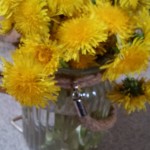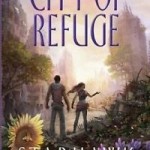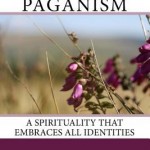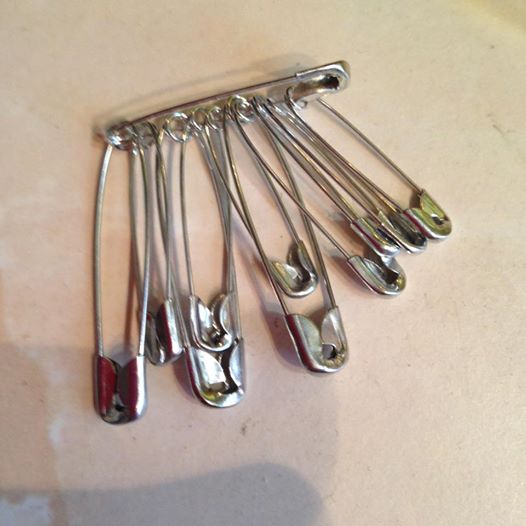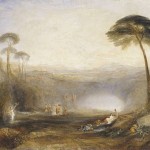A lot of people seem to think that inclusive means “I’ve got some gay people in my coven”. That is certainly welcoming – but is it really inclusive? I think there’s a spectrum of inclusivity – so one coven might score 100% and another might score 80% – but I think we have to accept that different people will have different ideas and priorities. However, it would avoid a lot of heartbreak all round if people stated upfront how inclusive their coven actually is.
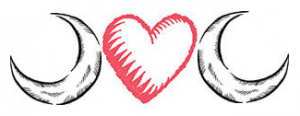
An inclusive coven ticks some or all of the following boxes:
- Understands that diversity has a place in celebration, theology and cosmology.
- Understands that gender identity, gender expression, sex/gender assigned at birth, and biological characteristics are distinct (when I say distinct, I mean noticeably different, but interpermeable and with fuzzy boundaries).
- Understands that you can make energy through polarity (tension of opposites), resonance (two similar people), or synergy (joining the energies of the whole group).
- Understands that polarity can be made by two or more people of any gender and sexual orientation, and by two or more people of the same gender, and that polarity exists on a spectrum where Person A may be yang in relation to Person B, but yin in relation to Person C.
- Understands that you can make polarity with any pair of opposite qualities (e.g. morning people and evening people, cat lovers and dog lovers, tea drinkers and coffee drinkers, air signs and earth signs, fire signs and water signs).
- Understands that fertility is not strictly biological and may refer to creativity (and that you don’t need a male body & a female body to produce fertility on a symbolic level – e.g. when blessing crops).
- Allows invocation of any gender deity onto any gender human.
- Allows gender fluidity in ritual roles & doesn’t make people stand boy/girl/boy/girl in circle.
- Does cakes & wine with reference to lover & beloved, or using two cups, or on the understanding that we all contain both ‘masculine’ and ‘feminine’ energies, or some other inclusive variation, and can be done by two people of any gender.
- Accommodates difference (e.g. neurodivergence, dyslexia, left-handedness, aphantasia) and disability. Bonus points for embracing the social model of disability.
- Is open to other cultures and ethnicities and does not insist on a genetic basis for culture (e.g. anyone can worship gods from any culture). Bonus points for being aware of the concept of systemic racism.
- Tries to avoid cultural appropriation.
- Is accepting of kink, polyamory, and monogamy.
- Promotes consent culture.
- Welcomes members of all ages (over 18) and accommodates older members’ needs.
- Does not automatically exclude people with mental health issues.
- Accommodates different theological perspectives (animism, atheism, pantheism, polytheism, duotheism etc).
- Body-positive: does not allow fat-shaming or body-shaming.
- Is prepared to accommodate coven members who are less well-off (by not organising expensive social activities, or having a massive and expensive reading list, for example).
- Does not insist that its members reach a particular educational level or belong to a particular socio-economic class.
- Listens to the views of all the members.
- Values the contributions and ideas of all the members.
Summary
Inclusive Wicca is about being inclusive towards everyone.
There isn’t a competition over who is more oppressed, and there is no queue for liberation. We can work on small issues and large issues at the same time – I am not suggesting that all the categories mentioned in the list receive the same degree of oppression in society – they are included in the list because at some point, they have been excluded from some Wiccan circles for some reason.
Also, please note that inclusive Wicca is not a new or separate tradition; it is a tendency within existing Wiccan traditions. (Though just to confuse matters, in Australia, there actually is a tradition called Inclusive Wicca, which is unconnected to the inclusive tendency – though it may have similar goals.)
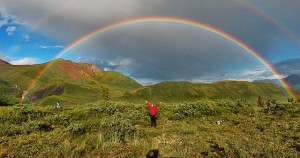
Thanks to Alder Lyncurium, Anna Hammarlund, Anya Read, Brian Paisley, Francois Schaut, Lirilin Lee, Susan Harper, for suggestions and comments on the first draft of this.
UPDATE: I have now created an inclusive Wicca website.

